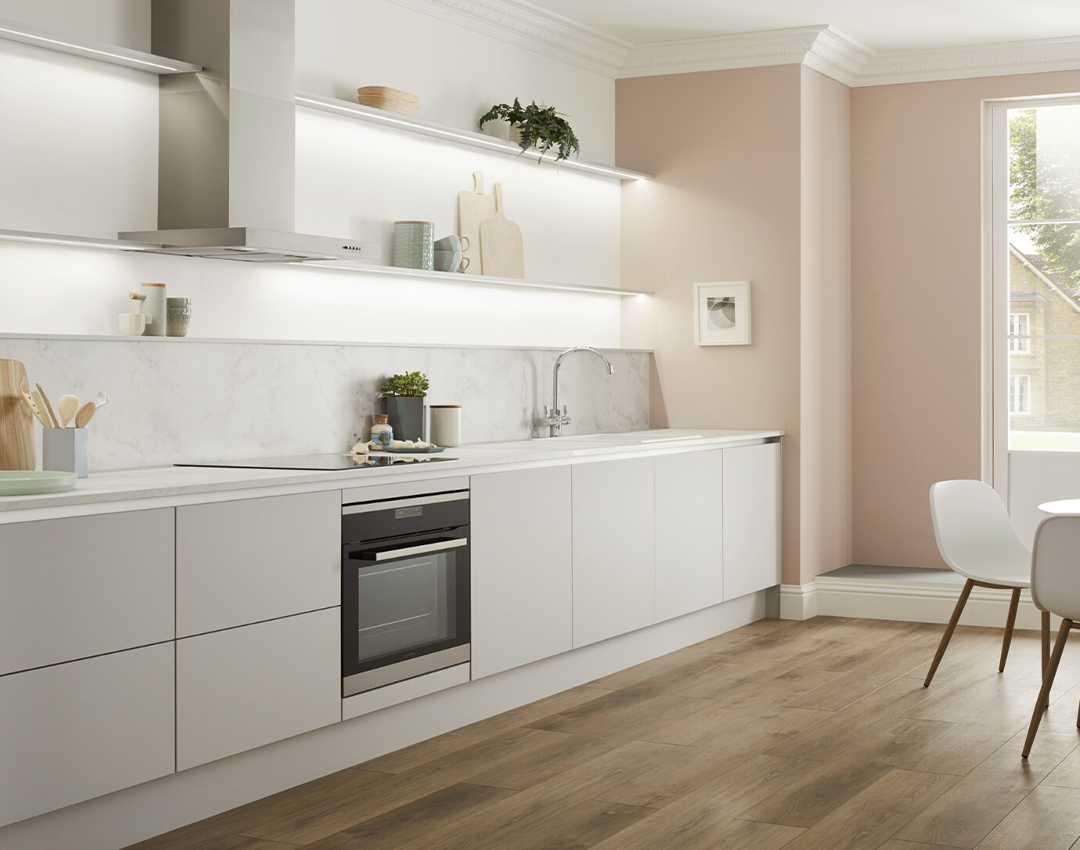Proper kitchen ventilation is essential—not just for comfort, but for your health and the longevity of your home. Cooking releases moisture, grease, smoke and odours into the air, and without adequate ventilation, these pollutants can cling to surfaces, irritate your lungs, and even cause mould or structural damage over time.
Many homeowners install a Smeg rangehood or similar quality ventilation system with good intentions but still fall into common usage or installation traps. Even the best appliances can’t do their job if they’re used incorrectly or poorly maintained. Below are the most common kitchen ventilation mistakes—and simple tips on how to avoid them.
Not Using the Rangehood Consistently
One of the biggest mistakes people make is only switching on their rangehood when something starts to smoke. The truth is, you should turn it on every time you cook—even when boiling water or simmering sauces. Steam carries moisture and odours, which settle on walls, ceilings and cabinetry if left unmanaged.
Tip:
Turn your rangehood on a few minutes before cooking starts, and leave it running for at least 5–10 minutes after you’ve finished. This helps clear any lingering airborne particles and ensures your kitchen returns to a neutral state more quickly.
Choosing the Wrong Size or Type
Not all rangehoods are created equal. If your rangehood is too small or underpowered for your cooktop, it won’t effectively clear the air. Rangehoods should be at least as wide as your cooking surface, ideally slightly larger, especially if you regularly use multiple burners.
Tip:
Check the airflow capacity, measured in cubic metres per hour (m³/h). A standard kitchen should have a rangehood with a minimum extraction rate of 400–700 m³/h, depending on your cooking habits and kitchen layout.
Poor Installation or Ducting
Even a powerful rangehood won’t perform well if installed incorrectly. Ductwork that’s too long, narrow, or filled with bends can severely reduce airflow. Some kitchens also use recirculating (ductless) rangehoods with carbon filters, which are less effective at removing heat and moisture.
Tip:
Where possible, opt for a ducted rangehood that vents air outdoors. Keep the ductwork as short and straight as possible, and ensure any bends are gradual. Always follow manufacturer guidelines or consult a professional installer.
Not Cleaning Filters Regularly
Over time, grease and dust accumulate in rangehood filters, reducing efficiency and increasing fire risk. A clogged filter also forces the fan to work harder, shortening its lifespan.
Tip:
Clean metal mesh filters every 1–2 months with hot, soapy water or in the dishwasher (check your manual). If your rangehood uses charcoal filters for recirculation, replace them every 3–6 months, depending on usage.
Ignoring Supplementary Ventilation
A rangehood alone might not be enough—especially in smaller or tightly sealed kitchens. Without cross-ventilation, air may become stale, and heat can build up quickly.
Tip:
Open a window while cooking to help air circulate. In winter, even a small crack in the window can make a difference. Alternatively, consider installing an exhaust fan or ceiling vent in addition to your rangehood.
Forgetting About Makeup Air
If your kitchen is tightly sealed (especially in newer homes), your rangehood may struggle to draw air effectively due to negative pressure. This can even cause dangerous back-drafting from gas appliances.
Tip:
Ensure there’s a source of fresh air coming into your kitchen while the rangehood is running. This can be as simple as leaving a door slightly open or installing a passive vent.
Proper kitchen ventilation isn’t just about choosing the right appliance—it’s about how you use and maintain it. By avoiding these common mistakes, you’ll enjoy a cleaner, fresher kitchen, reduce long-term wear and tear, and create a healthier space for your household every time you cook.

